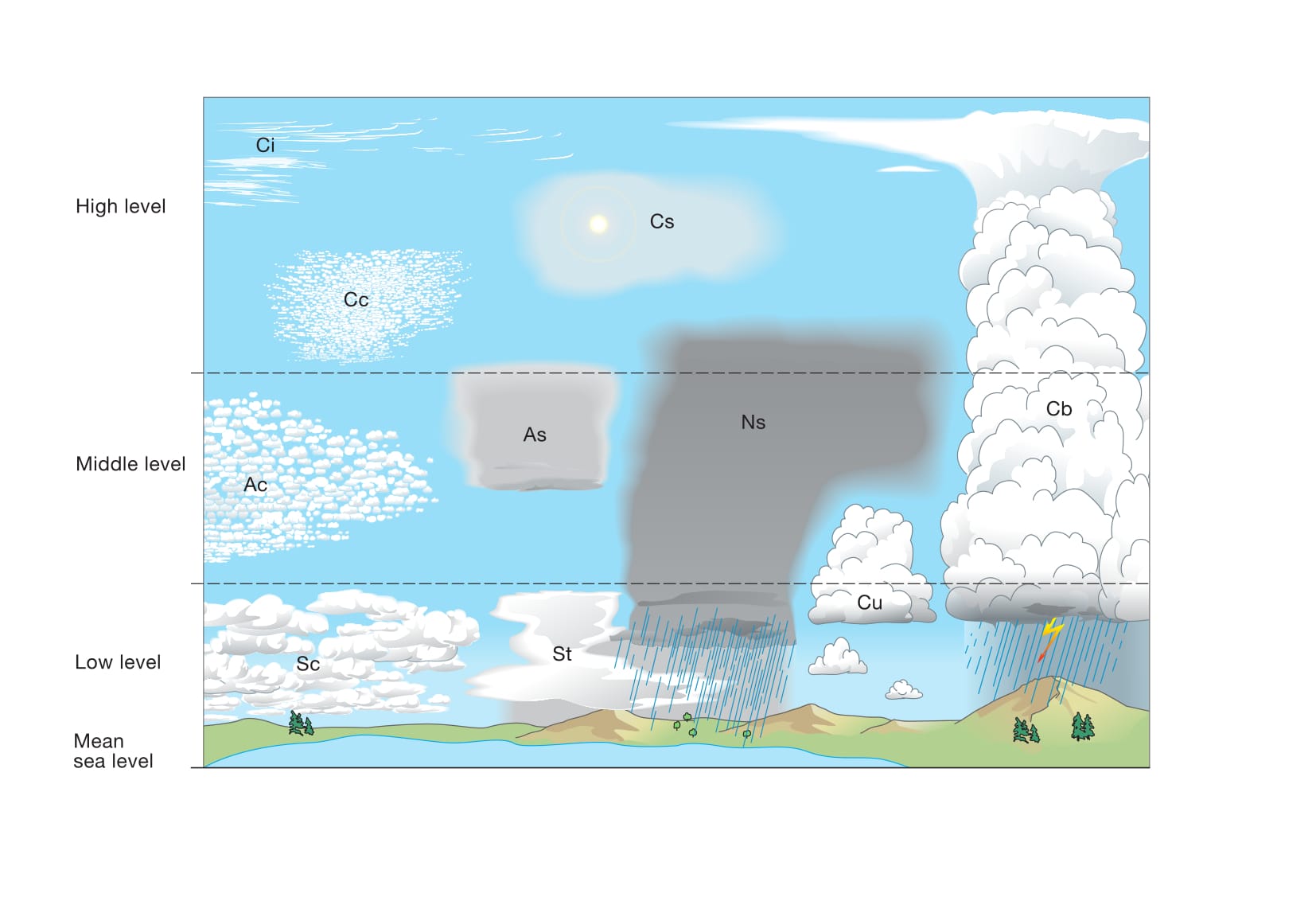Today in the afternoon I went with my husband and daughter for a road drive in the Waynesville area -Ohio- , and I saw a huge thick cloud and I followed it and photographed it from the car with my old iphone 6, I got some strange pictures; the sunlight just before sunset was so intense that it over exposed the picture, besides getting a 1- strange effect that I can't locate the possible origin of the change in the image of the shot. All the shots were from the car in motion.


The following shot has an exposure effect due to the moving car and you can see the objects that were deformed in the shot resulting in a double figure.

Detail of the same photograph

Now, the "strange" effect that I can't locate the possible origin of the change in the image of the shot.

Detail of the same photograph


Sunset was so intense that it over exposed the picture



Then other photos taken not from the front of the sun, it from the part that reflects the sunlight, it is totally another illumination (the darkness of the image was not perceived as such in the "reality", it is only as the camera of the phone overexposed the photograph of the light received from the sunlight, it was too intense) and others of the final setting with red shades. It was a very rare experience.


The following shot has an exposure effect due to the moving car and you can see the objects that were deformed in the shot resulting in a double figure.
Detail of the same photograph
Now, the "strange" effect that I can't locate the possible origin of the change in the image of the shot.
Detail of the same photograph
Sunset was so intense that it over exposed the picture
Then other photos taken not from the front of the sun, it from the part that reflects the sunlight, it is totally another illumination (the darkness of the image was not perceived as such in the "reality", it is only as the camera of the phone overexposed the photograph of the light received from the sunlight, it was too intense) and others of the final setting with red shades. It was a very rare experience.



